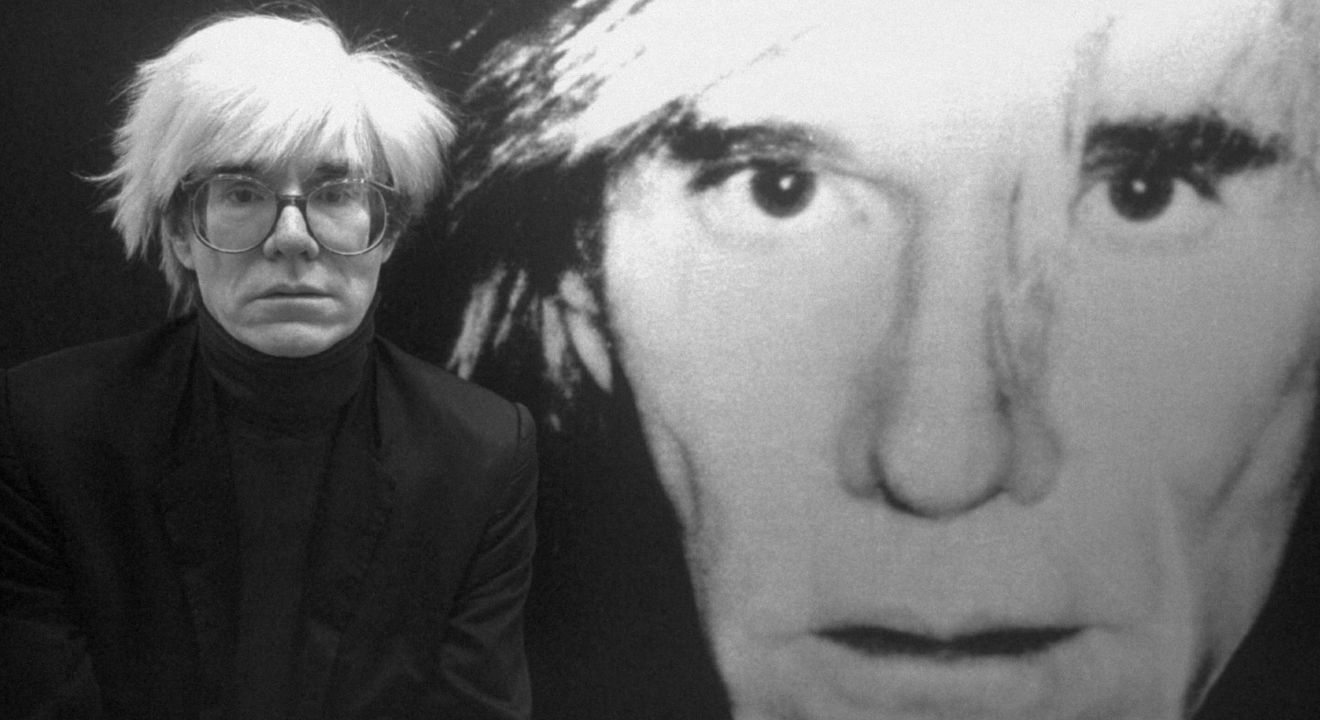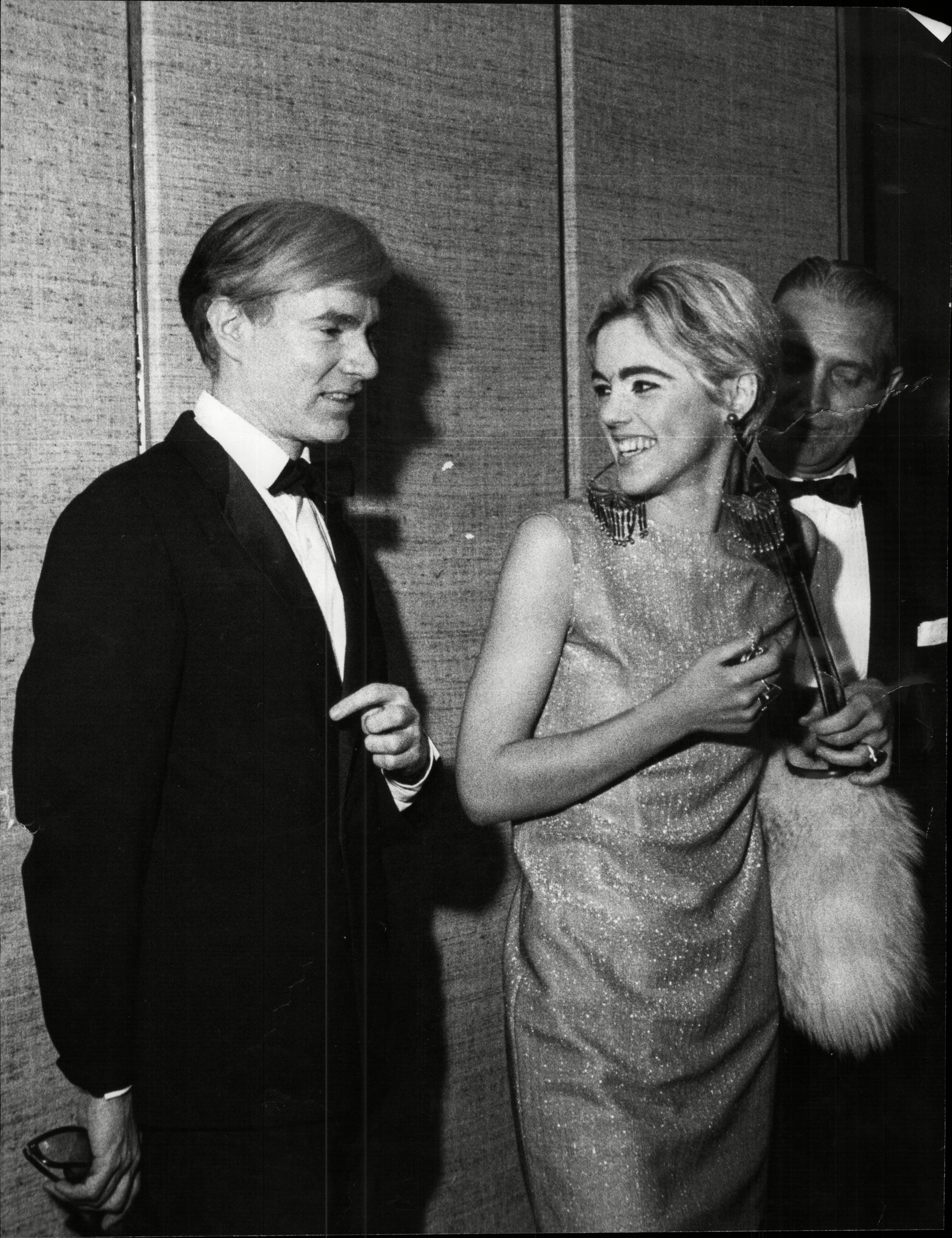Culture August 12, 2016


In today’s culture, Andy Warhol seems like a mythical creature of the art world.
The artist blessed us with his bright pop art that critiqued the frigidity of mass consumerism. However, his art was not the only thing he was known for. Warhol kept a diverse circle of creatives around at all times, especially at his Factory, the avant-garde entertainment hub of New York City. His presence tends to be remembered as more of an experience than as an individual.
Despite Warhol’s ambiguous sexual orientation, inspirational women arguably played a large part in his creative process . Hints of the bespectacled artist can be found in each of his muses, and it can be argued that the essence of those muses was what pushed Warhol to become the revolutionary artist for which he will always be known. One thing about his selection of muses is true: none are like the other. Collectively they represent a large variety of the female archetype. Think: Elizabeth Taylor, Edie, Nico, Jackie O, Grace Jones. Each a classic in herself, yet diversely different in style and aesthetic.
It was this diversity of style and aesthetic that Warhol loved to highlight, turning each of these women into the icons and artists of their time. Whether for their confidence, personality, talent or independence, Warhol saw a future in his muses.
Here is a look into some of Warhol’s most famous, fabulous and stunning muses, and how they influenced the mop-topped man.
ELIZABETH TAYLOR
When you think of Elizabeth Taylor, Warhol’s paintings of her may not be the first image to pop in your mind. However, Elizabeth could be considered one of his first muses. Warhol reportedly painted Elizabeth based off of his own photographs of the star. She was one of the women Warhol painted most from 1962 to 1965, ranging from pieces of Elizabeth in costume (like “Blue Liz as Cleopatra,” where 15 small images of Elizabeth in her costume from the Cleopatra movie give off the vibe of a live photo booth strip) to variously colored head shots.
One of his most recently rediscovered paintings of Elizabeth – a portrait painted in 1964 with a teal backdrop that pops against Elizabeth’s bright red lips – showed how Warhol began developing his “iconic method” of art. Warhol used a still portrait from one of Elizabeth’s movies, tightly cropped the image and then silkscreened the image onto a canvas.
Warhol allegedly first painted Elizabeth while she was battling pneumonia, yet his numerous paintings of her still reflect the female traits he typically emphasized in his muses: power, glamour and beauty (especially if imperfect), all jumping at viewers in vivid, contrasting colors. According to some, Warhol and Elizabeth’s relationship was also more symbiotic than just artist and muse: she inspired his art and he – a homosexual – helped further motivate her activism for LGBT rights and against AIDS. Elizabeth was definitely more than a pretty face – even if that pretty face led to some of Warhol’s best work.
EDIE SEDGWICK


Photo by ANL/REX/Shutterstock
Andy Warhol Artist And Edie Sedgwick Actress At Vidal Sassoon’s New York Launch Party 1965.
Edie Sedgwick is probably Warhol’s most well-known muse. The film “The Factory Girl,” released in 2006, confirmed Edie’s present-day popularity, as Sienna Miller played the “poor-little-rich-girl.” She was reminiscent of Twiggy, known for her blonde pixie cut, waif-like physique and cat-eye makeup. Warhol’s appeal to Edie was her femme-fatale, internally broken yet wildly and socially seductive persona. In other words, Edie was electric in the arts and fashion world (having a brief but passionate affair with Bob Dylan) and Warhol picked her as his star and “poster child” for the glam age of the 1960s (an image that still rings true today). She became the leading actress in many of his avant-garde films filmed at The Factory. Together, they made many films such as “Poor Little Rich Girl,” “Lupe” and “Afternoon.” While these films never reached mainstream success, they were watched in many underground, artistic circles.
Despite her acting success with Warhol, Edie was too reminiscent of the times, perhaps her main feature that inspired Warhol. Drug addiction and mental instability got the best of her at 28 years old. After numerous check-ins to rehabs and mental institutions, Edie died of an overdose.
She was Warhol’s intoxicating and alluring muse. She represented rock and roll, wealth, beauty and fame. But she also represented a tumultuous time in Warhol’s life.
NICO
Nico is the strong, tall and beautiful blonde with the voice of a man but with the delivery of a woman. Unlike Edie, Nico was strong and tailored, beautiful but angular. She was a songwriter and singer and Warhol brought her together with his rock band, The Velvet Underground. Together, The Velvet Underground and Nico created one of the most iconic records of all times, despite its poor praise when it was first released and difficult band dynamics between Nico and Lou Reed. Regardless, Warhol found an undiscovered talent in Nico and pursued it.
In addition to Warhol’s hand in The Velvet Underground and Nico’s album, he also created the iconic cover art for the record, an image of a bright banana. To this day, the album cover rises in popularity, mass produced on shirts and posters.
Aside from The Velvet Underground, Nico’s classic solo songs, such as “These Days,” prove that the talent Warhol saw in her was strong enough to stand the test of time.
JACKIE O.
Today, Jacqueline Lee “Jackie” Kennedy Onassis (née Bouvier) continues to be an icon for both her fashion and her continued political standing as a Kennedy: American-royalty. When Warhol heard about the assassination of her husband, President John Fitzgerald Kennedy, he became intrigued by the mass-consumerism aspect of the media’s portrayal of the story. More specifically, Jackie O.’s reactions as the First Lady moved him to create a 300 portrait series of her. The 300 portrait series was done in Warhol’s true color-blocking signature and is still shown in galleries in major cities like New York.
Icons most naturally become icons after the decade in which they were at their best. Warhol zoned in on Jackie O.’s beauty, standing and situation and signified her as a true icon within his art – an icon we still celebrate today.
GRACE JONES
Grace Jones was one of Warhol’s most visionary muses. His track record of white, blonde muses is clear, but his liking to Grace Jones tells us so much more about Warhol’s vision. In Grace, he saw a beauty that was both revolutionary and captivating. Not only is Grace Jones an African-American model and actress, she has been widely touted for her androgynous fashion choices. Warhol believed her culture and fashion taste were both worth celebrating.
Grace Jones was the subject in many of Warhol’s famous polaroid collection. In addition, he also created pop-art portraits of Jones that attest to his iconic colorful flair and her bold character. Warhol even featured her in his magazine, “Interview,” twice: once as a featured interview and once as the cover artist.
Warhol was continuously inspired by two things: women and mass consumerism. Whether that mass consumerism be fame, media representations or actual products, such as the Campbell Soup Cans, Warhol chose to be surrounded by women of eclectic and inspiring style. One wonders how different Warhol’s artistic efforts would be, had he socialized with entirely different sects of society.